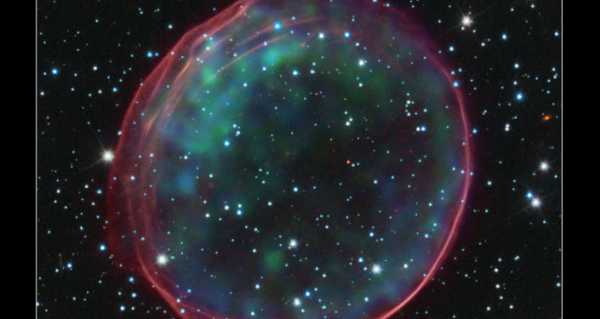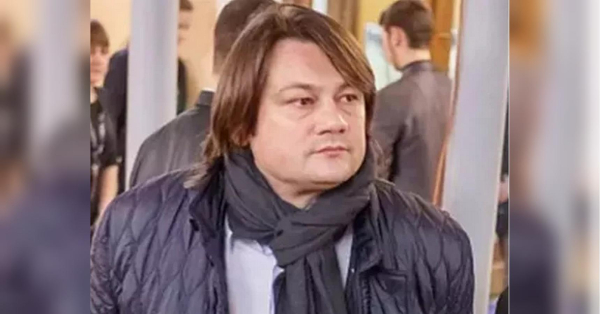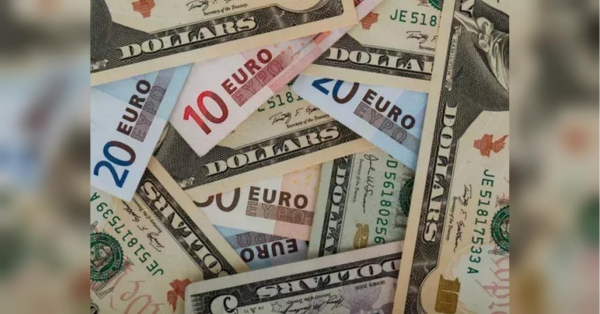
US scientists have proposed a theory that could explain type 1a supernovae, blow-ups, in which white dwarfs, the necrotic remains of stars like our Sun, can die for a second time.
Type 1a supernovae are the brightest of all supernovae and can occur in any galaxy. They can eject material at speeds of the order of 10,000 km/s and outshine an entire galaxy at their peak brightness.
The blow-ups are said to take place when white dwarfs become overwhelmed by material tugged from a companion star.
However, Physics Professor Charles Horowitz from the Indiana University Horowitz and Matt Caplan, an assistant professor of physics at Illinois State University, have authored a study which suggested that type 1a supernovae could occur due to an ultra-rare fission reaction.
The fission reaction, the scientists discuss in the study, could produce heat and energy that would cause the fusion of elements such as carbon and oxygen, creating a state similar to that of a hydrogen bomb.
Type 1a supernovae could be caused by the decay of a single uranium nucleus, which according to the researchers is “a wild idea,” but also a new hypothesis to explain type 1a supernovae.
The study “Actinide crystallisation and fission reactions in cooling white dwarf stars” has been published in the Physical Review Letters journal.
Sourse: sputniknews.com






